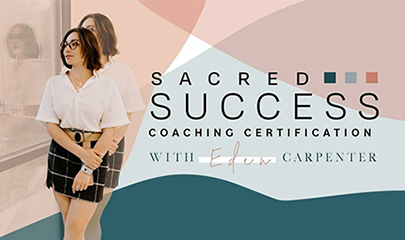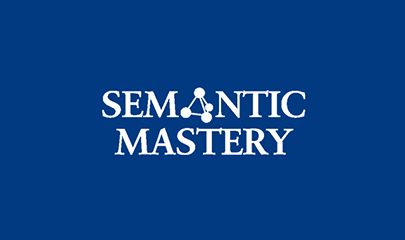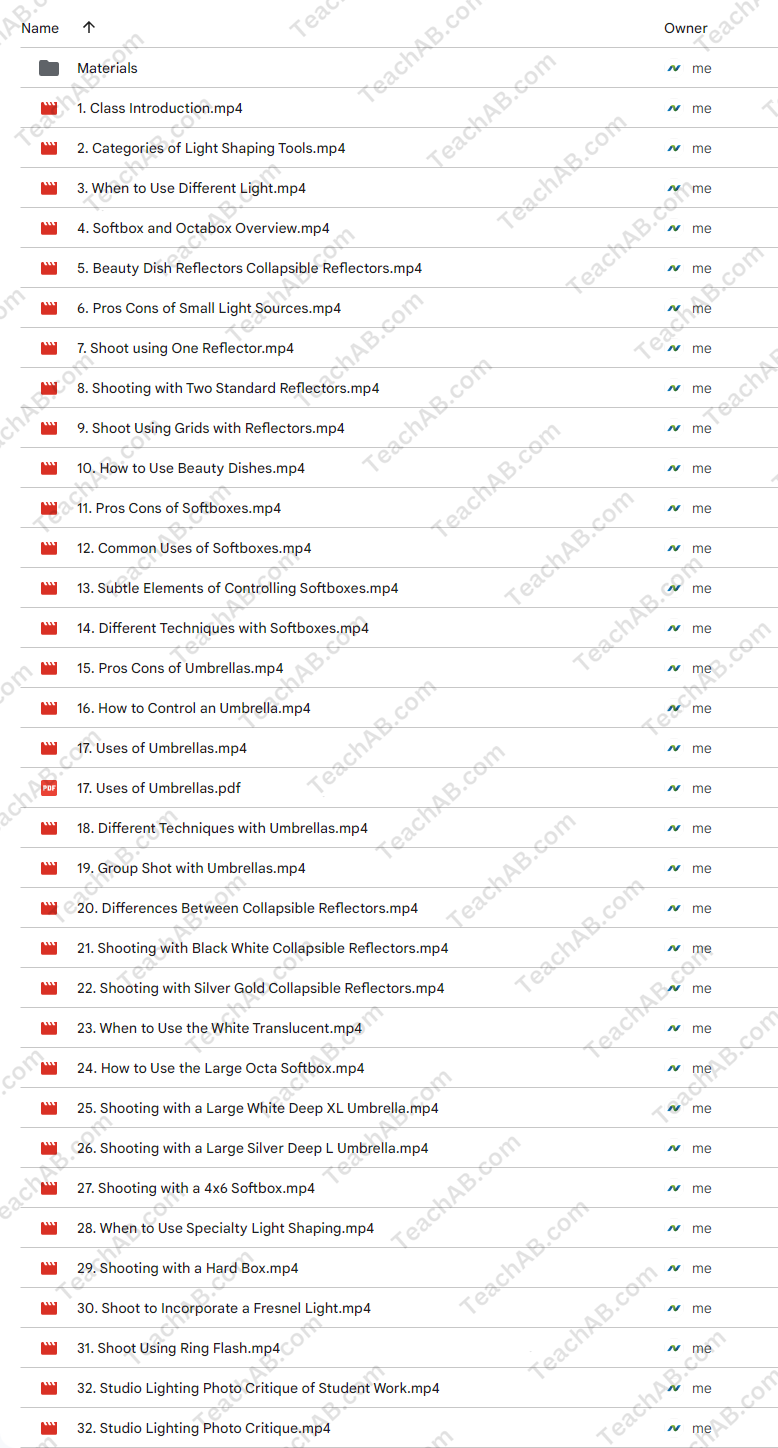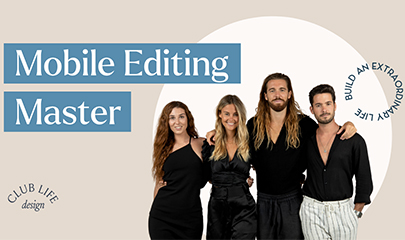-
×
 TikTok Ads Mastery 2024 By Chase Chappell
1 × $23,00
TikTok Ads Mastery 2024 By Chase Chappell
1 × $23,00 -
×
 Free Cloud Sites By BSPE Legal Marketing
1 × $78,00
Free Cloud Sites By BSPE Legal Marketing
1 × $78,00 -
×
 White Phoenix’s The Smart (Money) Approach to Trading By Jayson Casper
1 × $39,00
White Phoenix’s The Smart (Money) Approach to Trading By Jayson Casper
1 × $39,00 -
×
 AI NSFW Mastery - Unlock the Secrets of AI Porn! By Only AI
1 × $23,00
AI NSFW Mastery - Unlock the Secrets of AI Porn! By Only AI
1 × $23,00 -
×
 AI Money Bots System By Stas Prokofiev
1 × $23,00
AI Money Bots System By Stas Prokofiev
1 × $23,00 -
×
 Selections in Photoshop By Colin Smith
1 × $5,00
Selections in Photoshop By Colin Smith
1 × $5,00 -
×
 Million Dollar Masterclass By Eileen Wilder
1 × $85,00
Million Dollar Masterclass By Eileen Wilder
1 × $85,00 -
×
 Agency Partner Program By Jason Wardrop
1 × $15,00
Agency Partner Program By Jason Wardrop
1 × $15,00 -
×
 8D Lip Design eLearning Fillers Course By Tim Pearce
1 × $241,00
8D Lip Design eLearning Fillers Course By Tim Pearce
1 × $241,00 -
×
 Sacred Success Coaching Method By Eden Carpenter
1 × $139,00
Sacred Success Coaching Method By Eden Carpenter
1 × $139,00 -
×
 POFU Live 2021 (4th Edition) By Semantic Mastery Crew
1 × $39,00
POFU Live 2021 (4th Edition) By Semantic Mastery Crew
1 × $39,00 -
×
 Web API - JavaScript Fetch getting JSON data Fun with APIs
1 × $6,00
Web API - JavaScript Fetch getting JSON data Fun with APIs
1 × $6,00 -
×
 Adobe Photoshop CC Bootcamp By Blake Rudis
1 × $5,00
Adobe Photoshop CC Bootcamp By Blake Rudis
1 × $5,00 -
×
 RARM - Rapid Anxiety Reduction Method Therapy by Karen Phillip & Wayne Phillip
1 × $31,00
RARM - Rapid Anxiety Reduction Method Therapy by Karen Phillip & Wayne Phillip
1 × $31,00 -
×
 Mergers and Acquisitions Toolkit By Domont Consulting
1 × $23,00
Mergers and Acquisitions Toolkit By Domont Consulting
1 × $23,00 -
×
 Cognomovement An Energy Healing System With Bill McKenna and Liz Larson - The Shift Network
1 × $46,00
Cognomovement An Energy Healing System With Bill McKenna and Liz Larson - The Shift Network
1 × $46,00 -
×
 Renegade Millionaire System By Dan Kennedy
1 × $6,00
Renegade Millionaire System By Dan Kennedy
1 × $6,00
Light Shaping Tools for Professional Photographers By Tony Corbell
$24,00 $5,00
SKU: KOB.54097sG1tiI
Category: Photography
Tags: Light Shaping Tools for Professional, Photographers, Tony Corbell
Light Shaping Tools for Professional Photographers: Insights by Tony Corbell – Immediate Download!
Let’s embark on a captivating adventure to uncover remarkable insights that spark your curiosity and elevate your understanding

Light Shaping Tools for Professional Photographers By Tony Corbell
Overview

Light Shaping Tools for Professional Photographers: Insights by Tony Corbell
In the world of photography, light is not merely an accessory; it is the canvas upon which every image is painted. Professional photographers, much like skilled artists, wield light as their brush, shaping it meticulously to enhance their visual storytelling. Tony Corbell, a luminary in the photography community, offers extensive insights into light shaping tools that can significantly enhance the quality of photographic work. His teachings, grounded in experience and practical application, explore a range of tools that transform the way photographers manipulate light. By employing these tools, photographers gain the ability to create nuanced, captivating images that resonate on multiple levels.
Corbell’s perspective on light shaping tools encompasses various essential devices softboxes, small light sources, reflectors, umbrellas, and ring flashes. Each of these tools serves a unique role in the photographer’s toolkit. Understanding how to manipulate light effectively brings photographers closer to achieving their artistic vision, allowing them to elevate their imagery to professional standards. In this piece, we will explore Corbell’s insights, analyze these tools, and offer a thorough introduction to their characteristics and applications within the realm of photography.
The Importance of Softboxes
Softboxes are heralded as foundational tools in portrait photography, providing a means to soften and diffuse light. According to Corbell, these tools transform harsh light into a gentle wash, ensuring that subjects are favorably illuminated. Softboxes come in various shapes and sizes, but their primary function remains consistent: to create flattering, even lighting.
Pros and Cons of Softboxes
| Pros | Cons |
| Produces soft, diffused light | Limits the ability to create dramatic shadows |
| Versatile for various lighting setups | Can be bulky and cumbersome |
| Enhances skin tones and details | Requires space to set up effectively |
When employed properly, softboxes can elevate a photographer’s work by reducing unflattering shadows and providing a balanced look. However, they have inherent limitations. The very nature of their diffusion can inhibit a photographer’s ability to craft bold contrasts, which can be crucial for certain artistic expressions. In scenarios where dramatic light and deep shadows amplify the storytelling, reliance on softboxes alone may fall short.
Practical Application of Softboxes
In Corbell’s workshops, he encourages photographers to practice with different sizes and types of softboxes to discover their unique effects. Adjusting the distance and angle of the softbox can yield varying results, allowing for nuanced exploration of an image’s texture and tone. Many photographers find that coupling softboxes with other light sources generates a more dynamic setup, enabling a broader range of creative possibility.
Versatility of Small Light Sources
Corbell emphasizes the vital role of small light sources, which are often overlooked in favor of larger lighting fixtures. These compact tools, such as speedlights and portable LED panels, bring immense versatility to a photographer’s arsenal. Their mobility allows photographers to adapt quickly to changing environments, making them indispensable for capturing spontaneous moments.
Benefits of Small Light Sources
| Advantages | Challenges |
| Highly portable and easy to set up | Limited power output in comparison to larger lights |
| Can be used for highlights and accents | Requires technical knowledge for optimal use |
| Facilitates creative light shaping | May necessitate additional modifiers for desired effect |
Utilizing small lights can dramatically enhance the dimensionality of images. By positioning these lights strategically, photographers can create subtle highlights that add depth and interest to their compositions. Corbell suggests innovative uses for these small sources, such as backlighting subjects or integrating them into mixed lighting scenarios.
Techniques for Using Small Light Sources
In practical settings, Corbell advocates for experimentation. Combining small light sources with reflectors or other modifiers can yield striking effects. For example, using a small light source to create a rim light while directing a softbox on the front of the subject generates a polished look that captures attention. Engaging in trial and error allows photographers to discover unique interpretations of light and shadow that can significantly elevate their work.
Exploring Light Modifiers: Reflectors, Umbrellas, and Ring Flashes
Beyond softboxes and small lights, Corbell delves into various light modifiers that can reshape light to meet specific creative needs. Reflectors, umbrellas, and ring flashes each serve distinct purposes and alter visual aesthetics in unique ways.
Overview of Light Modifiers
| Modifier Type | Purpose | Ideal Use Cases |
| Reflectors | Bounce light to fill in shadows | Portraits and fashion photography |
| Umbrellas | Diffuse or reflect light for varied effects | Events and outdoor shoots |
| Ring Flashes | Provide even lighting around the subject | Macro and fashion photography |
Reflectors are a staple beloved by many photographers for their ability to enhance features by bouncing light back onto the subject. By using reflectors creatively, such as in portrait settings, photographers can achieve a balanced look that reduces harsh lines and maintains fidelity in skin tones.
Umbrellas offer a dual functionality either reflecting or diffusing light depending on their orientation. This versatility makes them suitable for a range of scenarios, from wedding photography to intricate product shoots. Corbell’s hands-on workshops frequently illustrate how to adapt umbrella setups to varied lighting conditions, showcasing the importance of understanding the desired visual outcome.
Ring flashes, exhibiting a unique character, are particularly favored in macro and fashion photography. They provide a distinct evenness of light that presents subjects in an ethereal glow, creating striking textures that capture viewers’ attention. Yet, as Corbell points out, skillfully managing ring flashes requires an understanding of the spatial dynamics involved in lighting a scene.
Understanding Light Principles
At the heart of Corbell’s teachings lies a structured framework anchored by three foundational principles: light quality, light quantity, and light direction. Mastering these principles enables photographers to make informed choices about which tools to deploy in order to achieve a specific visual effect.
- Light Quality: Refers to the texture of light whether it is hard or soft. Soft light is often favorable for beauty shots, while hard light can add drama and intensity.
- Light Quantity: Pertains to the brightness of the light. Photographers need to consider whether they require ample illumination or a more subdued glow for the intended mood of the shot.
- Light Direction: Indicates the source of light front, side, or back lighting can completely alter the portrayal of a subject, thus influencing the emotional response of the viewer.
Understanding and manipulating these principles is essential for photographers as they transition from novices to seasoned storytellers. Corbell emphasizes that knowledge alone is not sufficient; applied experience through workshops empowers photographers to harness these elements effectively.
The Value of Hands-On Experience
Corbell is an ardent advocate for practical engagement through workshops. His approach emphasizes the importance of gaining hands-on experience with light shaping tools in real-world environments. Attendees in his workshops not only explore the basic functionalities of various tools but engage in creative problem-solving and effective light usage across different scenarios.
By working directly with these tools, photographers can grasp their strengths and weaknesses, ultimately finding their unique style. The immersive experience of manipulating light in varying conditions fosters a deeper understanding of the creative process, allowing participants to emerge as more competent artists.
Engaging with Light in Practical Settings
Experiential learning is invaluable. Photographers are encouraged to experiment with combinations of tools to discover what resonates with their artistic vision. For example, using multiple modifiers in conjunction can yield unexpected results that enhance the storytelling component of their images.
To illustrate, a photographer might employ softboxes to create soft, even lighting for a portrait while also integrating reflectors to emphasize the eyes, bringing a captivating spark to the subject’s expression. This holistic approach not only nurtures artistic skills but also develops adaptability, encouraging photographers to think critically about their lighting setups.
Conclusion
Tony Corbell’s insights into light shaping tools resonate deeply with both budding and seasoned photographers. By marrying technical knowledge with hands-on experience, he empowers individuals to embrace the transformative power of light. The tools and techniques he discusses are not just instruments; they are pathways to creative liberation, enabling photographers to craft images that evoke emotion and tell compelling stories. Engaging with these tools opens the door to a world of artistic expression a world where light becomes an ally in the pursuit of visual excellence. Through Corbell’s teachings, the journey of mastering light is not just educational; it becomes an inspiring adventure that beckons every photographer to explore, innovate, and create.
Frequently Asked Questions:
Innovation in Business Models: We use a group purchase approach that enables users to split expenses and get discounted access to well-liked courses. Despite worries regarding distribution strategies from content creators, this strategy helps people with low incomes.
Legal Aspects to Take into Account: Our operations’ legality entails several intricate considerations. There are no explicit resale restrictions mentioned at the time of purchase, even though we do not have the course developers’ express consent to redistribute their content. This uncertainty gives us the chance to offer reasonably priced instructional materials.
Quality Control: We make certain that every course resource we buy is the exact same as what the authors themselves provide. It’s crucial to realize, nevertheless, that we are not authorized suppliers. Therefore, the following are not included in our offerings: – Live coaching sessions or calls with the course author.
– Entry to groups or portals that are only available to authors.
– Participation in closed forums.
– Straightforward email assistance from the writer or their group.
Our goal is to lower the barrier to education by providing these courses on our own, without the official channels’ premium services. We value your comprehension of our distinct methodology.
Be the first to review “Light Shaping Tools for Professional Photographers By Tony Corbell” Cancel reply
You must be logged in to post a review.



















Reviews
There are no reviews yet.